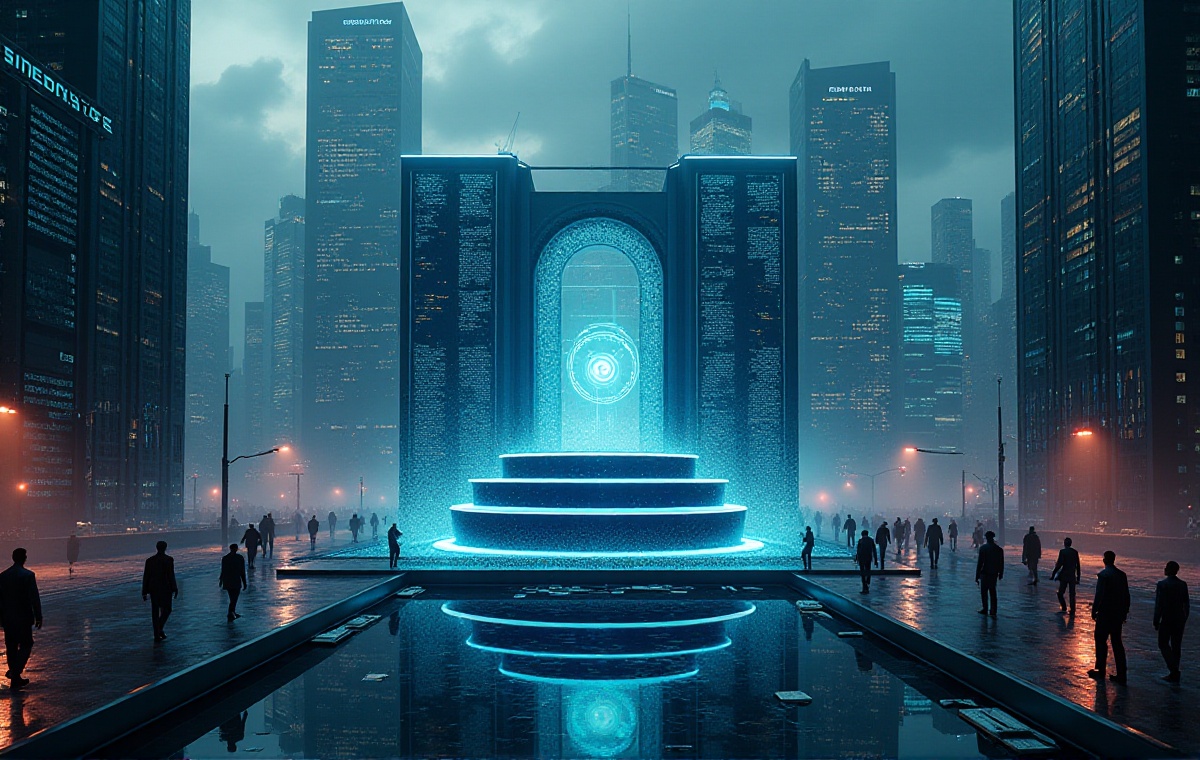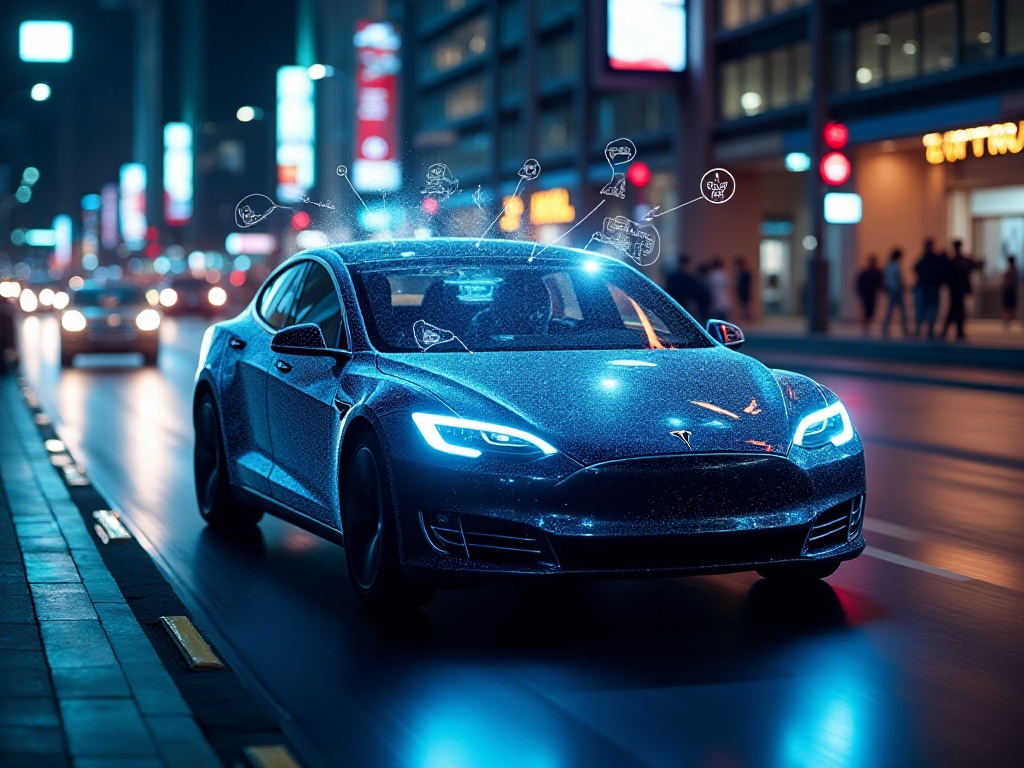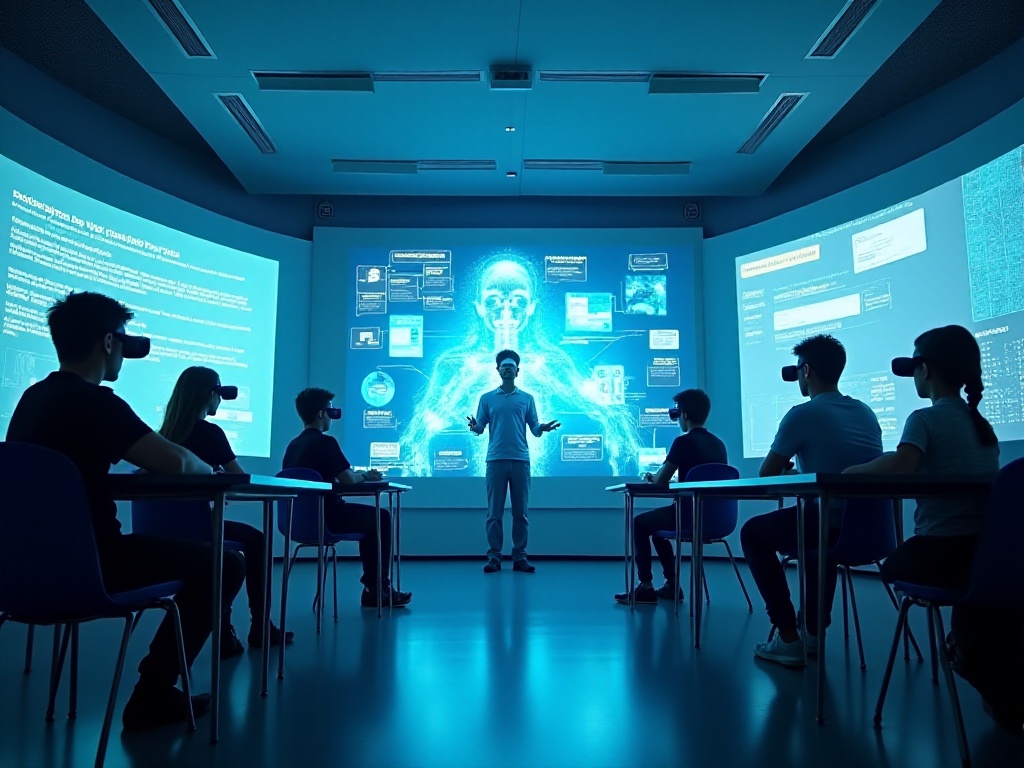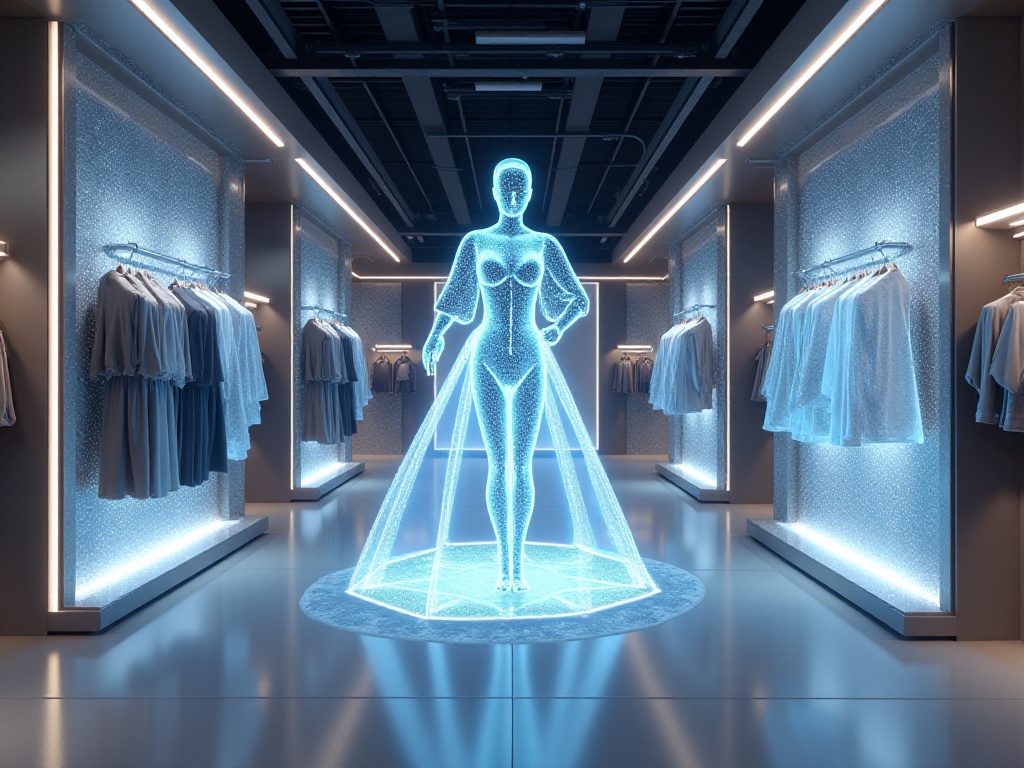Opening Thoughts
I recently had a fascinating chat with a radiologist friend! He told me how his work is completely different now compared to before. Think about how doctors used to examine images - it was exhausting, comparing them one by one until their eyes were strained. Now with AI helping, not only has efficiency skyrocketed, but accuracy has improved too. This reminded me of the many breakthrough developments in medical AI recently, so let's explore these cutting-edge technologies together!
Technical Breakthroughs
The development of medical imaging AI has been incredibly competitive! Last year, Stanford's research team dropped a bombshell with their new AI system specifically for detecting lung nodules. Guess how accurate this system is? An astounding 98.3%! Keep in mind that human doctors typically achieve around 95% accuracy. What makes this system so impressive? It can not only find tiny lesions barely visible to the naked eye but also works incredibly fast, completing all scans in seconds.
That's not even the most impressive part - this AI system can automatically mark suspicious areas and generate detailed analysis reports. It uses the latest deep learning algorithms to process both 2D and 3D images simultaneously and can even predict lesion development trends. The system also provides confidence scores, helping doctors better judge the reliability of diagnoses.
Notably, this system performs consistently well across different types of medical imaging. Whether it's CT, MRI, or X-ray, it maintains high accuracy. It can also process images from different manufacturers and equipment models, greatly increasing its practicality.
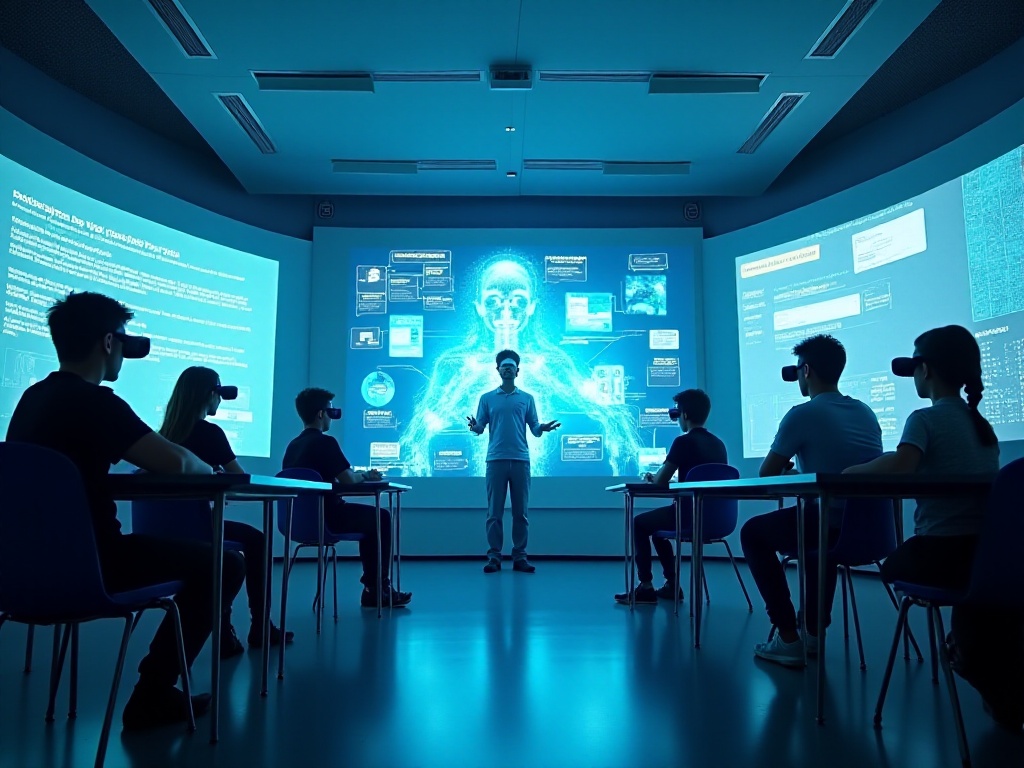
Practical Applications
Major hospitals across the country are now using AI-assisted diagnosis, and it's incredibly advanced! Take Beijing Union Medical College Hospital for example - they implemented a new generation AI system early this year that helps doctors review over 3,000 images daily, which is an incredible workload! This system isn't just fast - it's also highly accurate.
The system has a particularly impressive feature: it can automatically compare a patient's historical images. For instance, if a patient had a CT scan last year and gets another one this year, the system can automatically compare the two results to identify any changes. This is especially helpful for tracking disease progression.
It's not just Union Hospital using this technology - other major hospitals nationwide are following suit. After implementing an AI system, a certain tertiary hospital in Shanghai reduced the turnaround time for outpatient imaging reports from 4 hours to under 1 hour. They've also found that night shift doctors experience significantly less work pressure, and the rate of medical accidents has notably decreased.
Another cool application is remote consultation. With AI systems, rural hospitals can send patient imaging data to provincial hospitals for analysis. AI performs initial screening, followed by expert remote consultation. This not only improves diagnostic capabilities at grassroots medical institutions but also enables better utilization of quality medical resources.
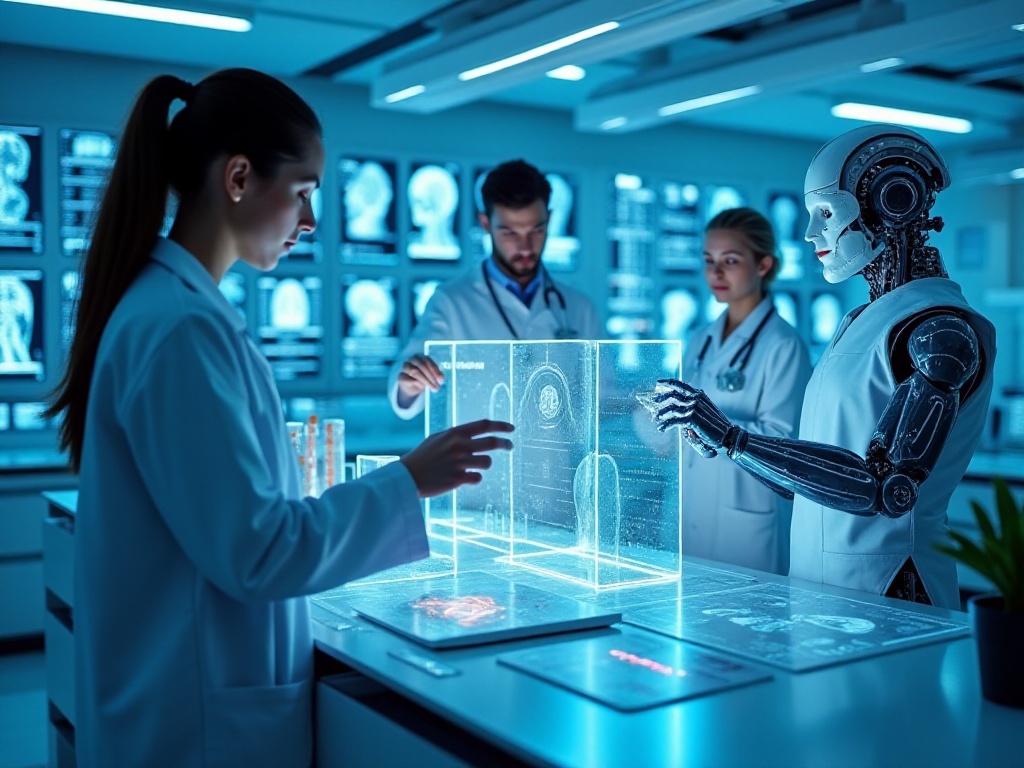
Technical Principles
The way AI achieves this level of performance is fascinating! Simply put, these systems use deep learning technology, "feeding" them loads of annotated medical images. Just like studying for exams requires practicing many questions, AI systems need to continuously learn from various cases.
Specifically, these systems use powerful algorithms called Convolutional Neural Networks (CNN). They automatically learn features in images, from basic edges and textures to more complex lesion morphologies. Plus, these systems use transfer learning technology, meaning they can apply experience gained from diagnosing one disease to diagnosing similar diseases.
The systems also employ attention mechanisms, which work similarly to how humans view things. When we look at an image, we naturally focus our attention on certain important areas. AI systems do the same, automatically finding and analyzing the most significant areas in an image.
Even more impressive is that current AI systems can explain their diagnostic decisions. They generate heat maps showing which areas most influenced the diagnosis. This interpretability is particularly important for doctors who need to understand how AI reaches its conclusions.
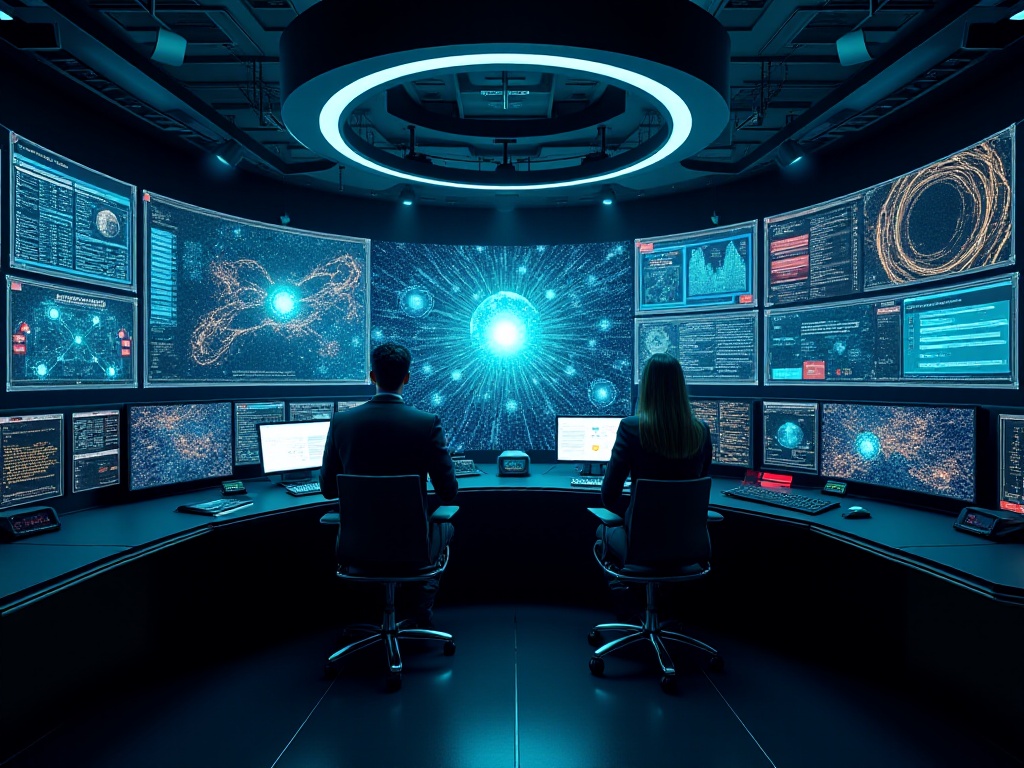
Clinical Value
In practical applications, AI systems are game-changers! Especially in high-volume areas like breast cancer screening. Previously, two doctors had to review each image separately, but now with AI assistance, both efficiency and accuracy have improved. Data shows that AI assistance helps detect about 15% more early-stage breast cancers - that's literally life-saving!
AI systems are particularly good at detecting subtle changes. For example, in lung nodule screening, they can identify nodules just a few millimeters in diameter. These small lesions are easy for human eyes to miss but crucial for early diagnosis and treatment.
In emergency departments, the value of AI systems is even more evident. After a patient gets a CT scan, the system can complete initial analysis within minutes, promptly identifying life-threatening conditions like cerebral hemorrhage or pulmonary embolism. This allows doctors to make treatment decisions faster, maximizing golden rescue time.
Another practical application is in routine physical examinations. AI systems can quickly screen for abnormalities, allowing doctors to focus more attention on cases needing special attention. This not only improves examination efficiency but also enables better allocation of medical resources.
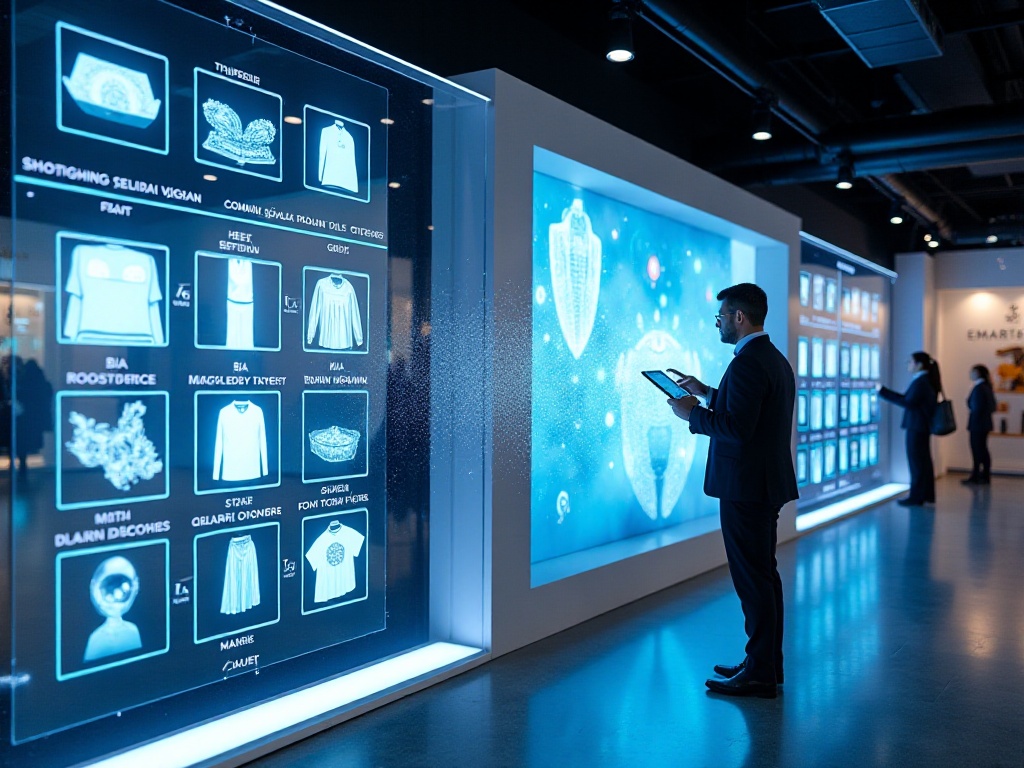
Future Outlook
Regarding whether AI will replace doctors, I think it's unlikely in the near term. AI is more like a super assistant helping doctors work better. Medical care ultimately requires doctor decisions, as treating patients involves more than just data analysis.
There are many potential development directions for AI in medical imaging. For instance, current systems mainly analyze single organs or systems, but future systems might develop capabilities for whole-body multi-system joint analysis. This would enable more comprehensive patient health assessments.
AI systems might also increasingly integrate genomic and clinical data. By integrating multi-dimensional information, systems can provide more personalized diagnostic suggestions. This will greatly help the development of precision medicine.
Additionally, with the popularization of 5G technology, telemedicine might see greater development. AI systems could play more important roles in remote consultation, extending quality medical resources to more regions.
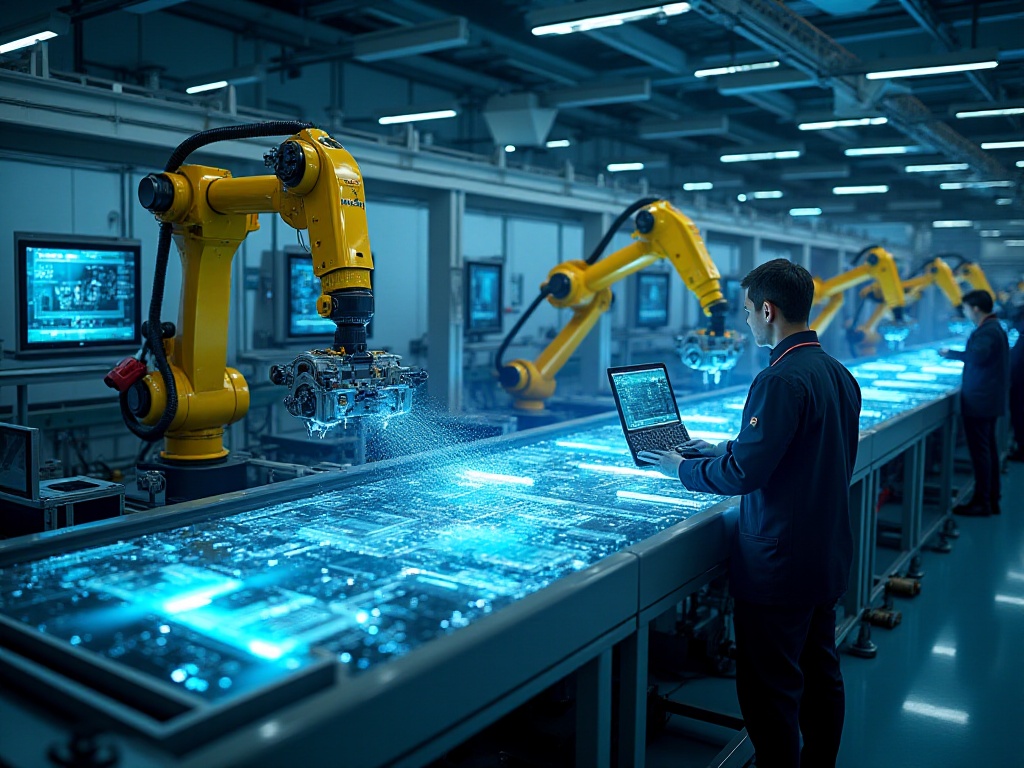
Practical Experience
During my recent hospital check-up, I really saw how powerful this new system is! The doctor showed me the system interface, and it was incredibly sophisticated. Previously, doctors would spend hours poring over images with furrowed brows, but now AI does the initial screening, allowing doctors to focus their energy on areas requiring professional judgment.
I specifically asked doctors using this system about their experience. They said the biggest change was in their work approach. Previously, they spent lots of time on basic screening, but now with AI pre-screening, they can spend more time analyzing complex cases and communicating with patients. This is where doctors truly add value!
Interestingly, many young doctors said the system helped improve their professional skills. The system points out subtle abnormalities and explains why these findings might have clinical significance. It's like having a 24/7 mentor available for learning and discussion.

Summary and Outlook
Looking back at the development of medical imaging AI, it's amazing how fast technology has advanced! It hasn't just improved diagnostic accuracy and efficiency - it's changing how the entire medical industry works. More importantly, it's making quality medical resources accessible to more people.
Future medical image diagnosis might become more intelligent and personalized. AI systems will become more powerful, potentially developing capabilities to predict disease progression trends and even recommend optimal treatment plans based on imaging features. But regardless of how technology develops, the ultimate goal remains helping doctors better treat patients and providing better medical services to patients.
I'd love to hear your thoughts on medical AI! What cool applications do you think we'll see in the future? Let me know in the comments!



